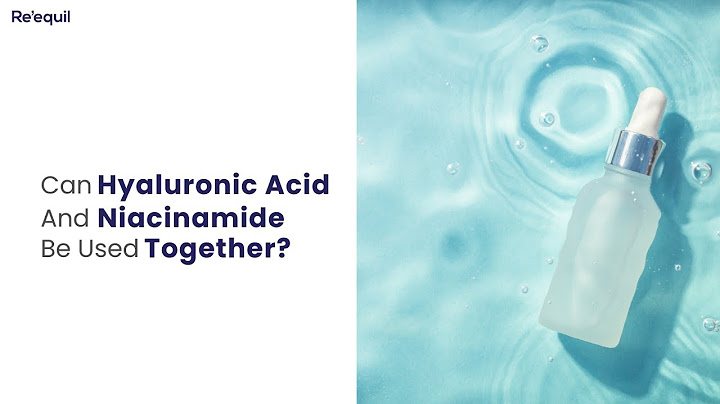Skincare can be intimidating. Second to picking formulas for your skin concerns, is ensuring that the active ingredients in the serums and creams work harmoniously. While some actives have a reassuring presence in your daily ritual and work in conjunction with most ingredients (shoutout to niacinamide), some, when cocktailed together, can trigger your skin (cc: retinol). Yet others, like AHAs and BHAs, are best stowed away for nocturnal regimens. Layering effectively allows you to reap the rewards of the super-charged active ingredients and customise a regimen that targets your skin issues. “Serums are power-packed solutions with highly active concentrated ingredients,” says Dr. Jaishree Sharad, a leading celebrity cosmetic dermatologist and founder of Skinfiniti Aesthetic Skin and Laser Clinic. “Ideally, you should not layer them. However, if you layer them, use the lighter serum first followed by a heavier serum or use the targeted serum first,” she advises. Dr. Sharad gives us the lowdown on the dos and don’ts of pairing daily-used active ingredients in skincare routines. NiacinamideMain benefits It is anti-inflammatory and an antioxidant that helps build ceramides, which are building blocks of our skin. It aids skin repair and hydrates the skin. Get cosy with You can combine niacinamide with all other serums and creams. You can use it with retinol, Hyaluronic acid, Vitamin C, BHAs, or AHAs. Niacinamide and retinol work well together. Retinol is Vitamin A – it prevents hyperpigmentation, reduces acne and fine lines, and causes mild exfoliation (as do AHAs and BHAs), which leads to dryness. Niacinamide or Vitamin B3 helps reduce pigment melanin, promotes the formation of ceramides, and is a potent antioxidant. It is less likely to irritate and has moisturising properties – a combination of these reduces pigmentation, acne, and wrinkles with minimal irritation. Niacinamide can be used with hyaluronic acid. They’re both water-loving humectants and keep skin hydrated to maintain the protective barrier function of the skin. Both actives are safe to use, less likely to cause irritation and cause no serious side effects when used together. Together, niacinamide and Vitamin C fight pigmentation and reduce blemishes. Niacinamide inhibits the enzyme tyrosinase, which helps in producing pigment melanin. By blocking tyrosinase, you are preventing the formation of hyperpigmentation. You can use these if you have patchy, uneven skin tone or post-acne blemishes. How to best use it You can use niacinamide any time in the morning or night. It takes around 6-8 weeks for its results to show. Try Minimalist Niacinamide 10% Hyaluronic acidMain benefits Hyaluronic acid is a hydrating agent that absorbs water, retains it, and plumps your skin. Get cosy with You can combine hyaluronic acid with Vitamin C, AHAs, BHAs, and retinol. AHAs, BHAs, and retinol have micro-exfoliating properties – a combination of either of these with hyaluronic acid works well since it's a hydrating agent and repairs the skin. Hyaluronic acid can be used in conjunction with niacinamide – both have skin hydrating properties and ensure a healthy skin barrier. How to best use it The correct way to use a hyaluronic acid serum is to apply about 5-6 drops on damp skin and top it with a moisturiser. You can use it in the morning or at night. You may see results in 48-72 hours since application. Try The Ordinary Hyaluronic Acid 2% + B5 Vitamin CMain benefits Vitamin C is a powerful antioxidant that protects skin from UVA, UVB, and blue light. It also helps in skin repair, DNA cell repair, and fighting pigmentation and signs of ageing. It is suitable across all skin types and age groups. Get cosy with You can use it with hyaluronic acid or niacinamide. If you’re applying them together, you should apply Vitamin C first, followed by hyaluronic acid or niacinamide. Keep at arm’s length Don't use it with AHAs, BHAs, and retinol at once. You can use it in low concentrations of AHA and BHA in your routine on alternate nights – Vitamin C one night and retinol the other. Or Vitamin C in the morning, followed by AHA, BHA, or retinol at night. If you have acne-prone skin, be cautious while using Vitamin C – it can cause breakouts. It is best to do a patch test before. How to best use it L-ascorbic acid is a potent form of Vitamin C and gets unstable when exposed to light which is why some doctors suggest using it at night. But you can top it off with sunscreen and use it during the day because it also protects you from UV rays. Other forms of Vitamin C can be used during the day and at night. |

Advertising
LATEST NEWS
Advertising
Populer
Advertising
About

Copyright © 2024 ko.wiewird Inc.













